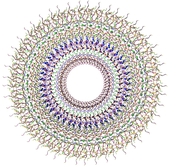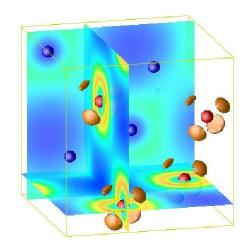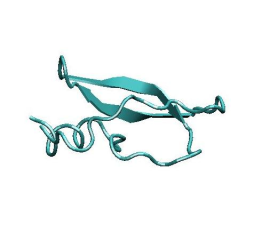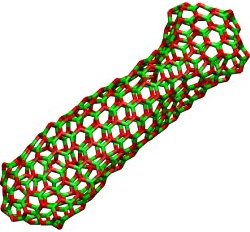Staff Dr. Frederik Heber
Mr. Heber is now at Universität des Saarlandes. This page is no longer maintained.

Contact Information
E-Mail:
moc tod liamg ta rebeh tod kirederfa tod b@foo tod de
Completed Research Projects

Cooperation with Asociacion CIC nanoGUNE - Self-Assembly

Cooperation with Labein Centro Tecnologico, Bilbao, Spain

Development of efficient algorithms for nanoscale dynamics simulations based on first principles methods

Multiscale QM/MM simulations of the growth process and the material properties of inorganic nanotubes and nanotube composites

Parallel methods for short- and long-ranged potentials in Molecular Dynamics


TREMOLO - a parallel molecular dynamics software package
Publications
-
A bond order dissection ANOVA approach for efficient electronic structure calculations.
M. Griebel, J. Hamaekers, and F. Heber.
In Extraction of Quantifiable Information from Complex Systems, volume 102 of Lecture Notes in Computational Science and Engineering, pages 211–235.
Springer, 2014.
BibTeX
PDF
-
-
Computational 3D simulation of calcium leaching in cement matrices.
J.J. Gaitero, J.S. Dolado, C. Neuen, F. Heber, and E. Koenders.
In Proceedings of the Second International Conference on Microstructural-related Durability of Cementitious Composites, RILEM. 2012.
Also available as INS Preprint no 1203.
BibTeX
PDF
-
-
-
-
-
-
-
-
A bond order dissection ANOVA approach for efficient electronic structure calculations. M. Griebel, J. Hamaekers, and F. Heber. In Extraction of Quantifiable Information from Complex Systems, volume 102 of Lecture Notes in Computational Science and Engineering, pages 211–235. Springer, 2014. BibTeX PDF
-
Computational 3D simulation of calcium leaching in cement matrices. J.J. Gaitero, J.S. Dolado, C. Neuen, F. Heber, and E. Koenders. In Proceedings of the Second International Conference on Microstructural-related Durability of Cementitious Composites, RILEM. 2012. Also available as INS Preprint no 1203. BibTeX PDF

